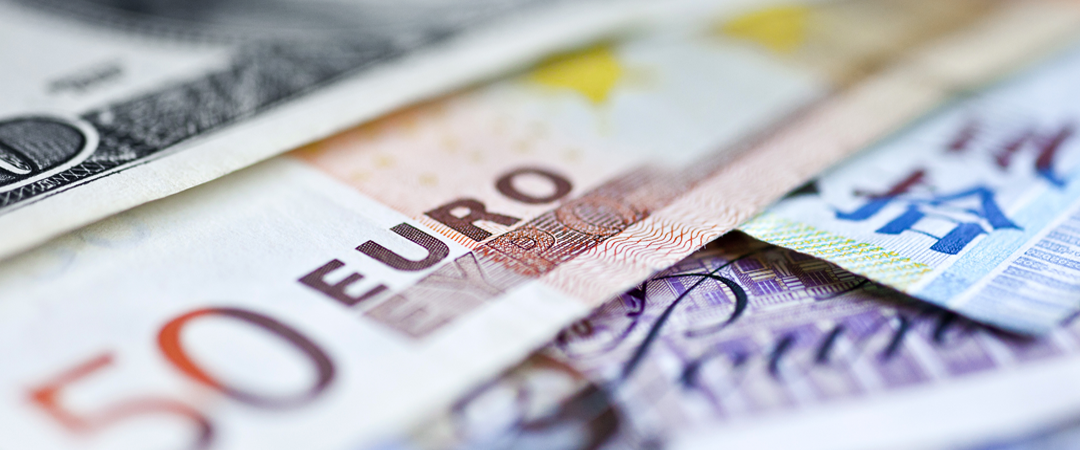FIRESIDE CHARTS

U.S. Job Openings Drop 14% YoY, The Big Get Bigger, and the Velocity of Money Hits Six+ Decade Low
The number of U.S. job openings fell short of expectations to hit a two-year low in December, reigniting fears of a softening economy. This marks the second significant decline in a row and a 14% (1 million+) year-over-year drop. The S&P 500 may be continuing to reach new highs, but we’re fairly sure the state of the job market has the Fed’s (and Claudia Sahm’s) ears perked up.

Energy Sector Weakness, MBS Yields Hit ~4-Year Low, And Coronavirus Transmission Finally Slows
While the S&P 500 is as “energized” as ever, the energy sector itself has been struggling; it was the worst performer in 2019 and declined 11% in the past month, making it the only negative S&P 500 sector in that period. Will the bad times keep rolling or could the sector be poised for revitalization?

Cyclical Markets, Reevaluating ‘Investment Grade’ Debt, and an Update on China
It’s no secret that the S&P 500 has dominated in the past ten years, rising over 375% between 3/9/09 and 12/31/19 and cruising to another all time high this week on news of strong earnings, halved Chinese tariffs, and a potential coronavirus vaccine.

Record Sector Valuations, Small Caps Fail to Keep Up, and a Look at Bonds During the SARS Epidemic
Despite ongoing coronavirus fears (or perhaps because they’ve finally been offered some relief—thanks Gilead Sciences!), stocks rebounded yesterday, leading the S&P 500® Index to its best day in nearly six months. 70%+ of the S&P 500 sectors are at record valuations—a higher percentage even than during the tech bubble—but a look at the index’s five largest companies tells a different story on value.

Market Movement, Regional Activity Updates, and a Look at EM Manufacturing
Friday was a dark day in the markets that saw the Dow and the S&P wipe out their gains for the year. Utilities have surged as investors have begun seeking safety and regional PMI’s look to have turned a corner, though Chicago is lagging the pack and continues in contraction.

Continued Coronavirus Fallout, Some Perspective on U.S. GDP, and a Look at the Eurozone
While the eastern U.S. and even Germany look to have (finally) turned a corner on manufacturing, China’s manufacturing PMI remains firmly on the line between growth and contraction. If a strong wind wouldn’t be enough to blow them one way or the other, the coronavirus—yesterday dubbed a “global health emergency” by the WHO—just might be.

Another Yield Curve Inversion, More Coronavirus Fallout, and an Update on Manufacturing
Much was made of 2019’s yield curve inversions and the signal’s penchant for predicting recessions, but a relatively strong Q3 earnings season and continued dominance from the S&P 500 helped offset a lot of investor anxiety. However, the emergence and spread of the coronavirus has sparked a flight to safety, sending yields sharply lower and causing the yield curve to revisit its 2019 patterns.

Treasuries & Equities Diverge, Conference Board LEI Turns Negative, and Coronavirus Infects the Markets
Equities and Treasuries are sending different signals these days, with treasury yields painting a grimmer picture than the ever-surging S&P 500. The often synchronous measures started to diverge in early 2019 and the gap between them has continued to grow since. Which do you think is more indicative of our current economic state?

Good News for the U.S. Farmer, Coronavirus Affects Markets, and Pleasant (and Surprising) Manufacturing News
While we’ve seen some promising signs on economic activity (and even manufacturing, finally) out of New York and Philadelphia recently, the news hasn’t quite reached Chicago yet and the regional National Activity Index print fell both short of expectations and into contraction. Agricultural readings have us breathing a sigh of relief on behalf of the long-suffering American Farmer, and we’re keeping our fingers crossed the feeling won’t be short lived.

2020 Projections, a Review of the Decade, and What’s Captured Investor Interest?
As we settle into the second week of earnings season, let’s take a look at what the analysts see coming in the next year. 4Q19 forecasts are predicting earnings will be down year-over-year, but analysts seem to see nothing but blue skies ahead in 2020 and project four straight quarters of YoY earnings growth. And while we’re currently in one of the longest periods of market calm on record, could this be the calm before the storm?
